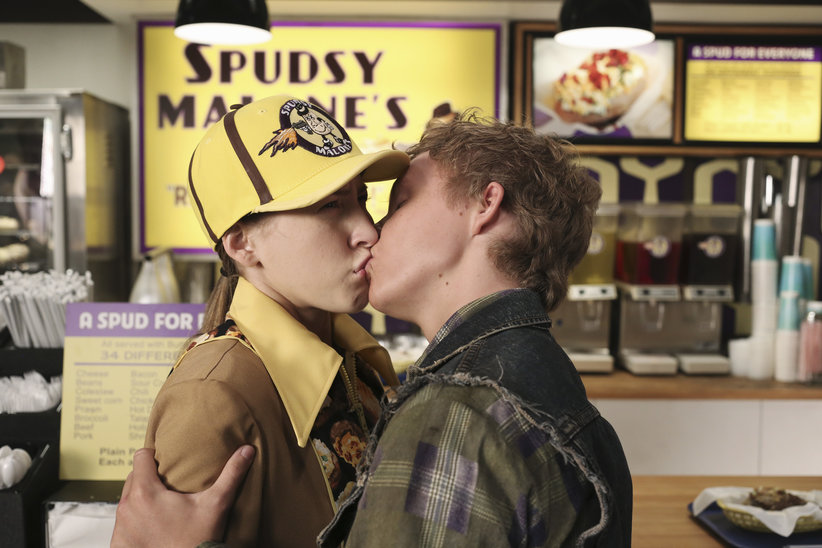Earlier this week, pictures surfaced of celebrity chef Nigella Lawson being strangled in a restaurant in London by her husband, Charles Saatchi.
After the pictures hit the press, Saatchi “explained” his behavior by stating that:
“We were sitting outside a restaurant having an intense debate about the children, and I held Nigella’s neck repeatedly while attempting to emphasise my point,” he told the paper. “There was no grip, it was a playful tiff.”
Like many abusers, Mr. Saatchi engages in (1) denial, (2) obfuscation, and (3) minimization. This is a common technique among abusers, and has been supported in the academic literature.*
Of course, Mr. Saatchi is not the only famous abuser to be confronted about, and later denied, his actions against his victim. Ike Turner famously denied his abuse of singer Tina Turner
in a 1993 interview with the L.A. Times:
Q: In the movie you are depicted as a physically and mentally abusive tyrant. Do you think of yourself as a violent guy?
A: No. The only time I ever punched Tina with my fist was the last fight we had. I hit her after she kneed me in the chest. Prior to that, our fights, or our little slaps, or whatever they were, were all just about attitude. Me and Tina never fought about other women or about her not keeping house or her not taking care of the kids. It was always because she was looking sad and wouldn’t tell me what was wrong with her. She would take that attitude with her on to the stage and that would really depress me. So after the show, I’d end up slapping her or something. But then we’d be OK. [emphasis added. ~crd]
There have been other famous celebrities publicly accused of domestic violence (I’m looking at you, Chris Brown, Charlie Sheen, Mike Tyson, and many others). Personally, I’m conflicted over the media attention. I’m glad to see this issue make the news, but to focus on only celebrity abusers sends the message that this is unusual behavior. Those of us who study domestic violence know that it is all too common.
~crd
*A Few Useful References:
Bograd, M. (1988). How battered women and abusive men account for domestic violence: Excuses, justifications, or explanations? In Hotaling, G., Finkelhor, D., Kirkpatrick, J., and Straus, M. (eds.), Coping With Family Violence: Research and Policy Perspectives,
Sage, Thousand Oaks, CA, pp. 60–77.
Cantos, A., Neidig, P., and O’Leary, K. D. (1993). Men and women’s attributions of blame for domestic violence. Journal of Family Violence 8(4): 289–302.
Dutton, D. (1986). Wife assaulter’s explanations for assault: The neutralization of self-punishment. Canadian Journal of Behavioral Sciences, 18(4): 381–390.
Henning, K., A.R. Jones & R. Holdford (2005). “‘I didn’t do it, but if I did I had a good reason.’ Minimization, denial, and attributions of blame among male and female domestic violence offenders. Journal of Family Violence, 20(3), 131-139.
Lila, M., J. Herrero, & E. Gracia (2008). “Evaluating attribution of responsibility and minimization by male batterers: Implications for batterer programs.” The Open Criminology Journal, 1, 4-11.

